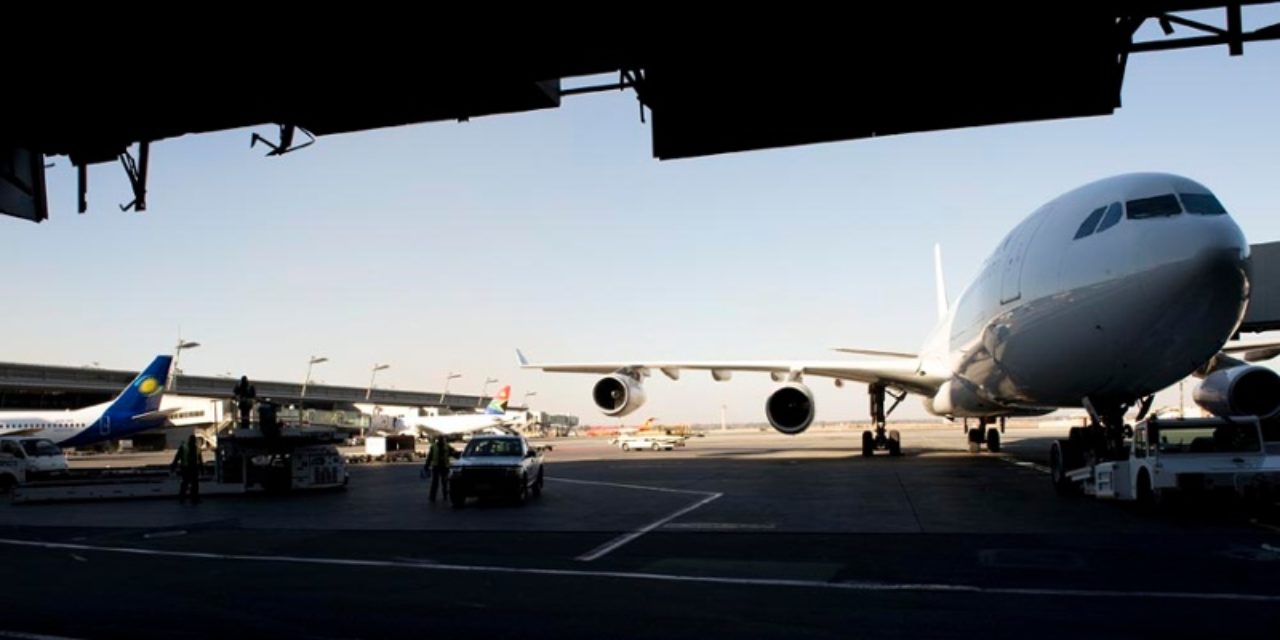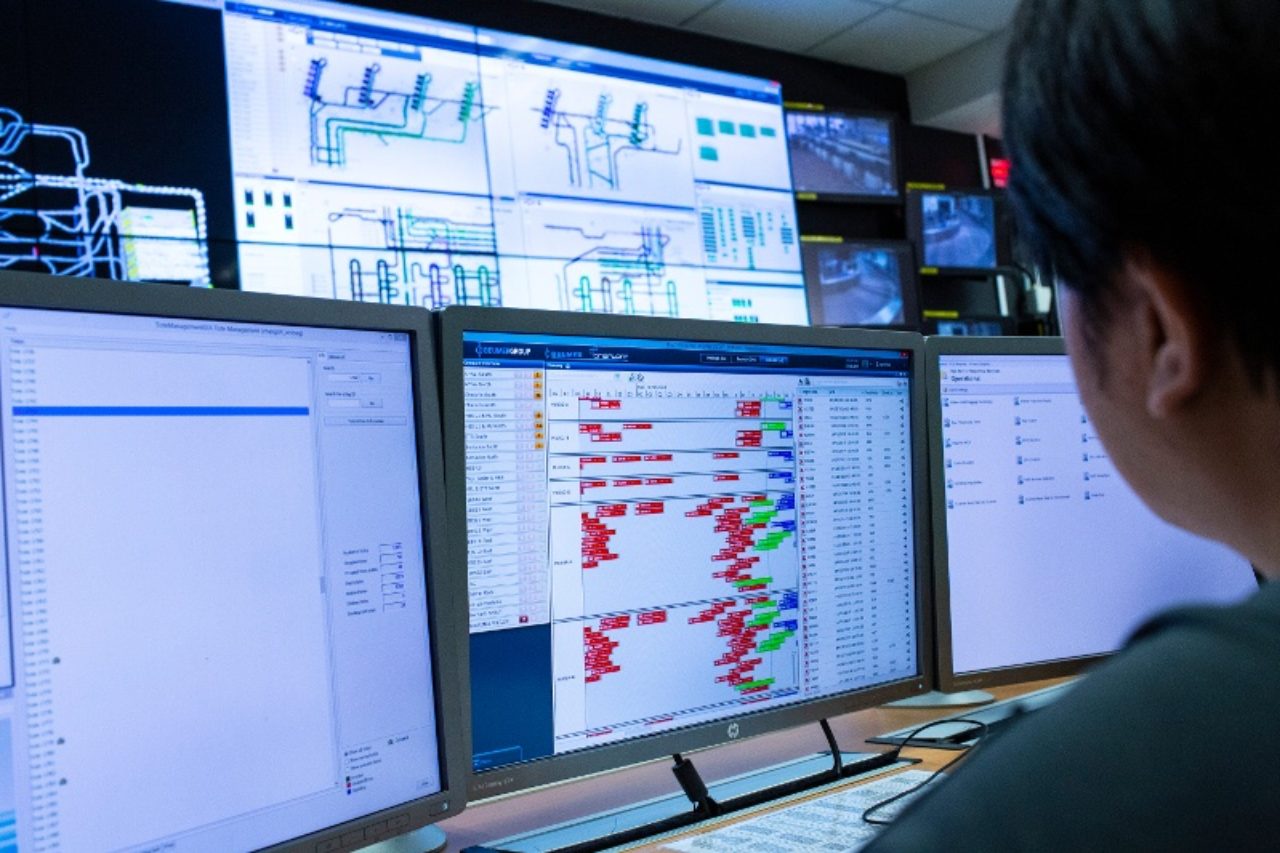Singapore’s Changi Airport, for example, started screening arrivals from Wuhan very early in the outbreak. And in the first half of 2020, it implemented a large-scale operational response to the changing landscape of tighter controls and dwindling flight and passenger numbers by closing two of its four terminals. Fortunately, the airport’s modular layout gave it the operational flexibility to take such measures.
Changi also adopted a concept of ‘transit holding areas’ within its terminals as a response measure, enabling the airport to remain open for business. Being a hub airport with no domestic offerings, Changi knew it was essential to keep transit traffic going.
To help alleviate its operational challenges, Changi also responded at the technology level. It introduced touchless self-service check-in machines, touchless elevator buttons, touchless biometric passport check lanes, and other measures such as autonomous cleaning robots to disinfect carpets.
These types of mechanisms served Singapore (and other Asian countries) in their pandemic response.
Airport preparedness will ensure quick recovery from crises
The COVID-19 experience highlights the need for airports to start building in mechanisms to prevent vulnerabilities in their future operations.
In fact, preparing for pandemics of the future or other operational disruptions should be high on the agenda of all airport managers right now.
In order to deal with challenges ahead – while rebuilding their businesses – airport managers need to be thinking in terms of three core concepts:
- Restore: How they can get back into business without having to make large capital investments, using existing resources – data – and building digital strategies.
- Reshape: How they can deal with resourcing challenges that follow crises – the need to re-hire, re-train or use this opportunity to work with fewer people to reduce OPEX.
- React: How they can use data-driven tools that will allow them to react from anywhere, at any time and ensure operations don’t have to come to standstill in a future pandemic or other crisis.
Airports not only need to reshape to address current challenges but must prepare to react to future disturbances in operations. Now is the time for airports to prepare their responses.
Takeaway
In order to be disruption-prepared, airports must make strategic choices now, such as implementing data-driven asset management and using existing data to work remotely with fewer people. They must also embed flexibility in their systems to better protect their businesses in the future. Enduring a monumental crisis such as COVID-19 cannot go to waste; airports must learn from their experiences and strategise for the next event.


















